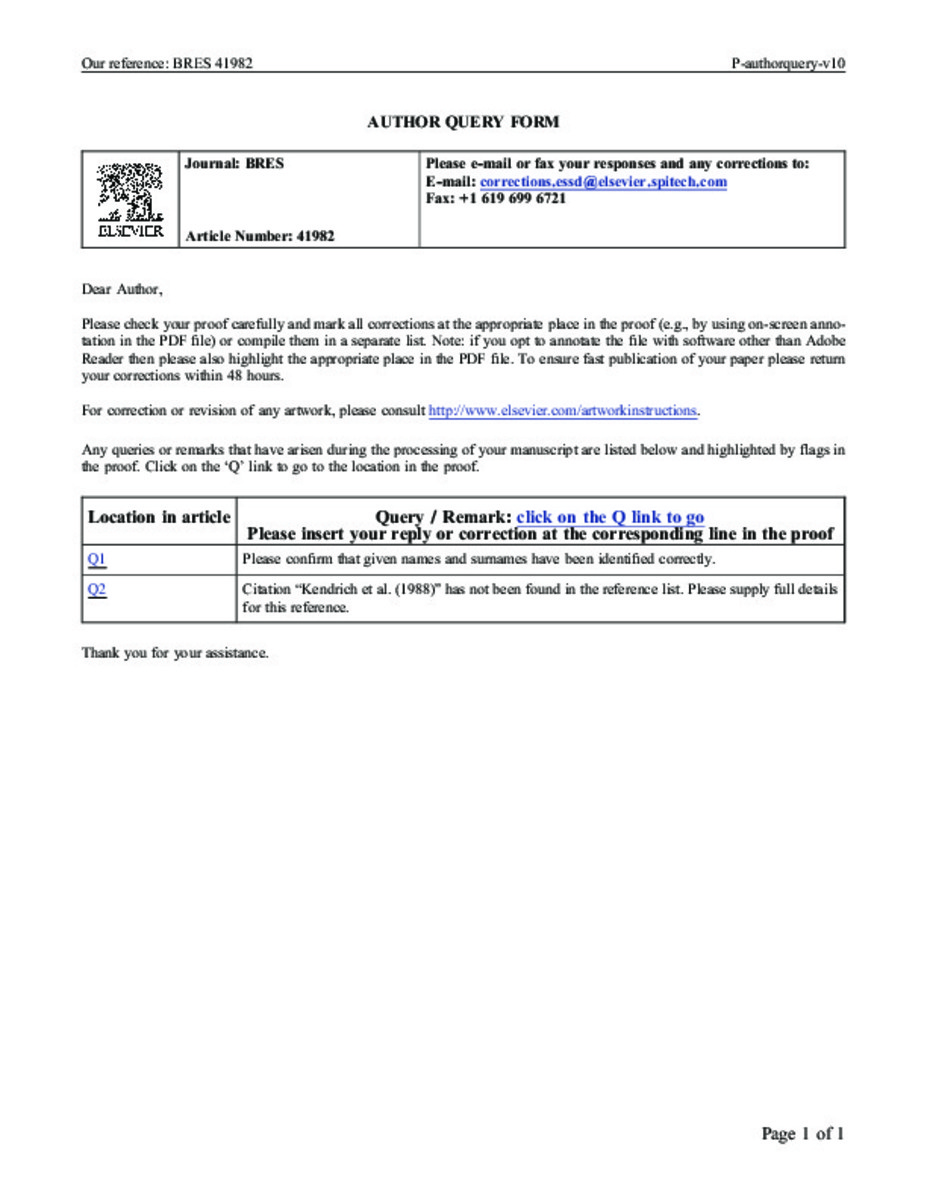Mostrar el registro sencillo del ítem
Amino acid tissue levels and GABAa receptor binding in the developing rat cerebellum following status epilepticus
| dc.contributor.author | MIQUEL, MARTA | |
| dc.contributor.author | López Meraz, María Leonor | |
| dc.contributor.author | Rocha, Luisa L. | |
| dc.contributor.author | Ortega, Jenny C. | |
| dc.contributor.author | Pérez-Estudillo, César A. | |
| dc.contributor.author | García, Luis I. | |
| dc.contributor.author | Hernández, María Elena | |
| dc.contributor.author | Manzo, Jorge | |
| dc.date.accessioned | 2013-05-24T11:57:17Z | |
| dc.date.available | 2013-05-24T11:57:17Z | |
| dc.date.issued | 2012 | |
| dc.identifier.citation | López-Meraz, M.-L., et al., Amino acid tissue levels and GABAA receptor binding in the developing rat cerebellum following status epilepticus, Brain Res. (2012), doi:10.1016/j.brainres.2011.12.038 | ca_CA |
| dc.identifier.issn | 0006-8993 | |
| dc.identifier.uri | http://hdl.handle.net/10234/64341 | |
| dc.description.abstract | Incidence of status epilepticus (SE) is higher in children than in adults and SE can be induced in developing rats. The cerebellum can be affected after SE; however, consequences of cerebellar amino acid transmission have been poorly studied. The goal of this study was to determine amino acid tissue concentration and GABAA receptor binding in the immature rat cerebellum after an episode of SE. Thirteen-day-old (P13) rat pups received in- traperitoneal injections of lithium chloride (3 mEq/kg). Twenty hours later, on P14, SE was induced by subcutaneous injection of pilocarpine hydrochloride (60 mg/kg). Control ani- mals were given an equal volume of saline subcutaneously. Animals were killed 24 h after SE induction, the cerebellum was quickly removed, and the vermis and hemispheres were rapidly dissected out on ice. Amino acid tissue concentrations in the vermis and hemi- spheres were evaluated by HPLC and fluorescent detection. GABAA receptor binding in the medial vermis was analyzed by in vitro autoradiography. SE increased the tissue levels of the inhibitory amino acids taurine (80%) and alanine (91%), as well as glutamine (168%) in the cerebellar hemisphere; no changes were observed in the vermis. SE did not modify GABAA receptor binding in any cerebellar lobule from the vermis. Our data demonstrate that SE produces region-specific changes in amino acid concentrations in the developing cerebellum. | ca_CA |
| dc.format.extent | 6 p. | ca_CA |
| dc.format.mimetype | application/pdf | ca_CA |
| dc.language.iso | eng | ca_CA |
| dc.publisher | Elsevier | ca_CA |
| dc.rights | © Elsevier B.V. | ca_CA |
| dc.rights.uri | http://rightsstatements.org/vocab/InC/1.0/ | * |
| dc.subject | Status epilepticus | ca_CA |
| dc.subject | Developing rat | ca_CA |
| dc.subject | Cerebellum | ca_CA |
| dc.subject | GABAA receptor | ca_CA |
| dc.subject | Amino acids | ca_CA |
| dc.title | Amino acid tissue levels and GABAa receptor binding in the developing rat cerebellum following status epilepticus | ca_CA |
| dc.type | info:eu-repo/semantics/article | ca_CA |
| dc.identifier.doi | http://dx.doi.org/10.1016/j.brainres.2011.12.038 | |
| dc.rights.accessRights | info:eu-repo/semantics/openAccess | ca_CA |
| dc.relation.publisherVersion | http://www.sciencedirect.com/science/article/pii/S000689931102289X | ca_CA |
| dc.type.version | info:eu-repo/semantics/publishedVersion | ca_CA |
Ficheros en el ítem
Este ítem aparece en la(s) siguiente(s) colección(ones)
-
PSB_Articles [1302]
Articles de publicacions periòdiques







